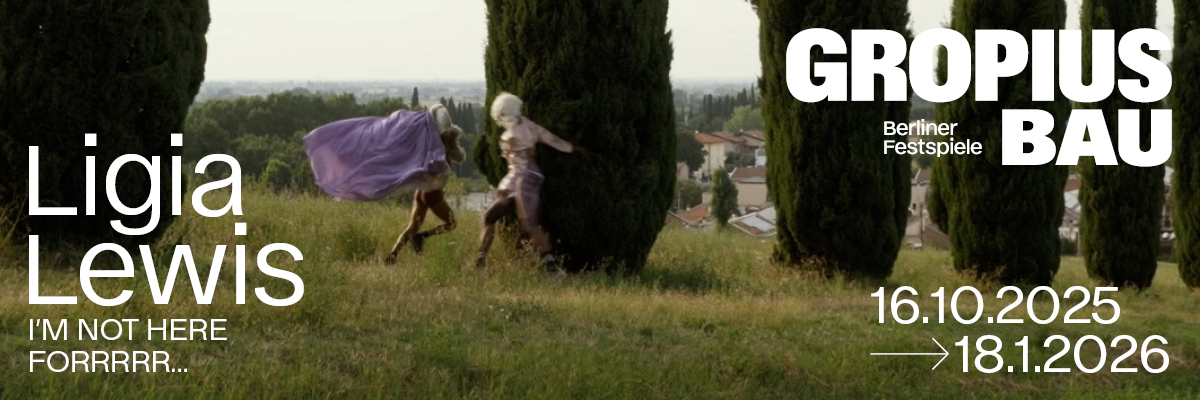
Bianca Baldi, Céline Condorelli and Ben Rivers, Federico Del Vecchio, Allison Grimaldi Donahue, Nicolás Lamas, Frances Scholz, Mark von Schlegell
L'odore delle cose
Project Info
- 💙 Lore Deutz
- 💚 Federico Del Vecchio / Flip project
- 🖤 Bianca Baldi, Céline Condorelli and Ben Rivers, Federico Del Vecchio, Allison Grimaldi Donahue, Nicolás Lamas, Frances Scholz, Mark von Schlegell
- 💜 Federico Del Vecchio
Share on

Exhibition view: Frances Scholz, Marc von Schlegell, Nicolas Lamas
Advertisement
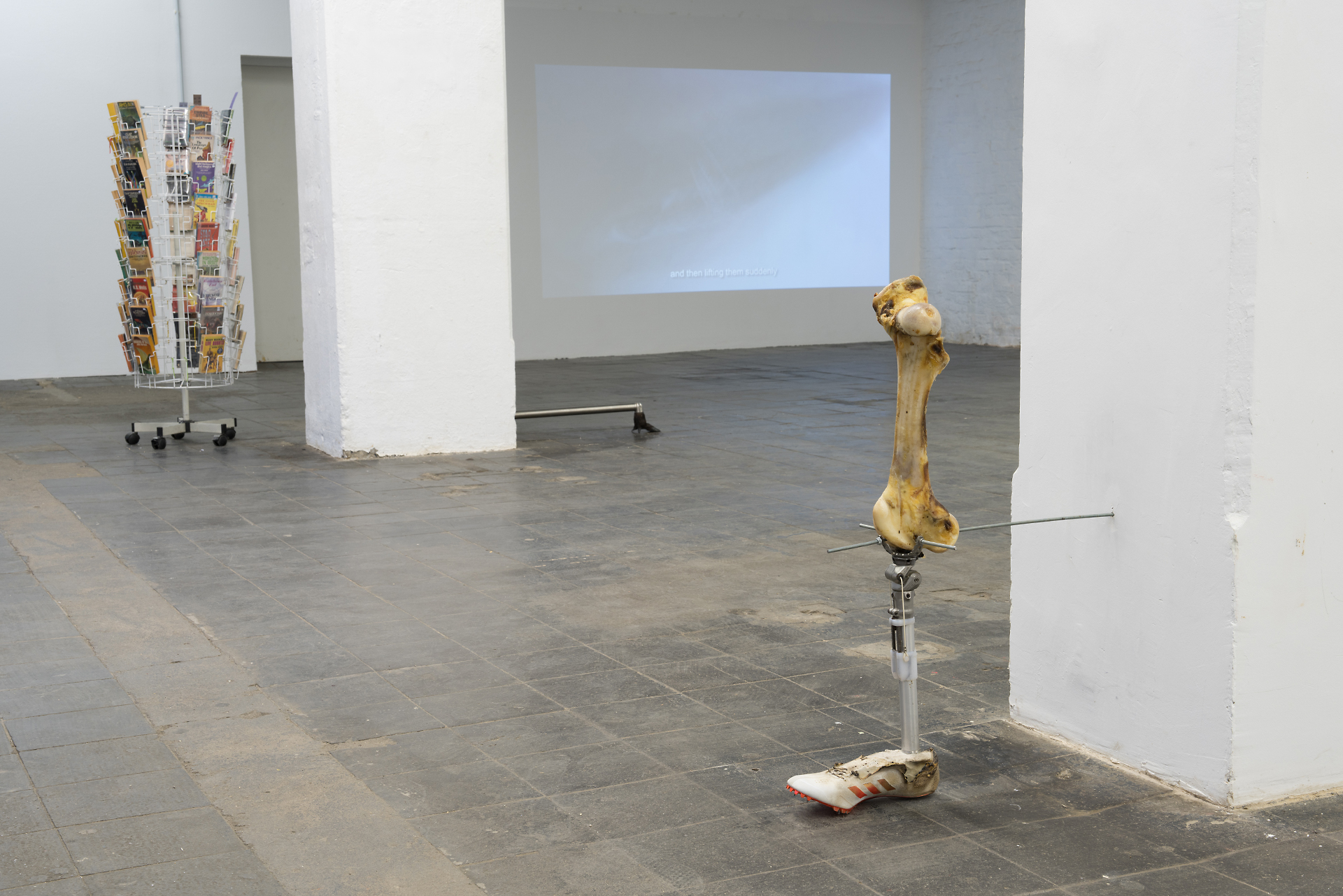
Exhibition view: Allison Grimaldi Donahue, Marc von Schlegell, Nicolas Lamas

Exhibition view: Marc von Schlegell, Federico Del Vecchio, Frances Scholz, Nicolas Lamas
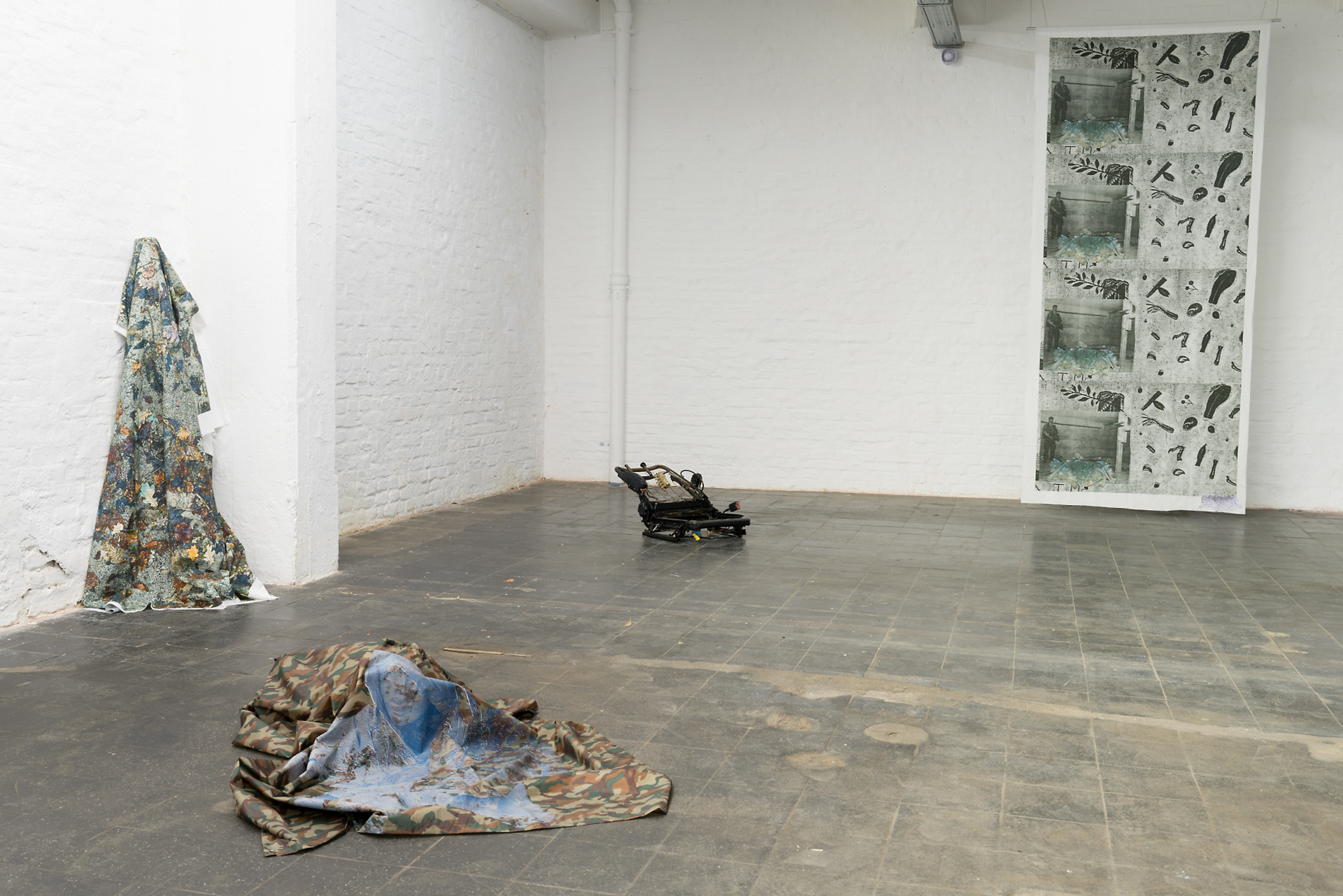
Exhibition view: Frances Scholz, Nicolas Lamas
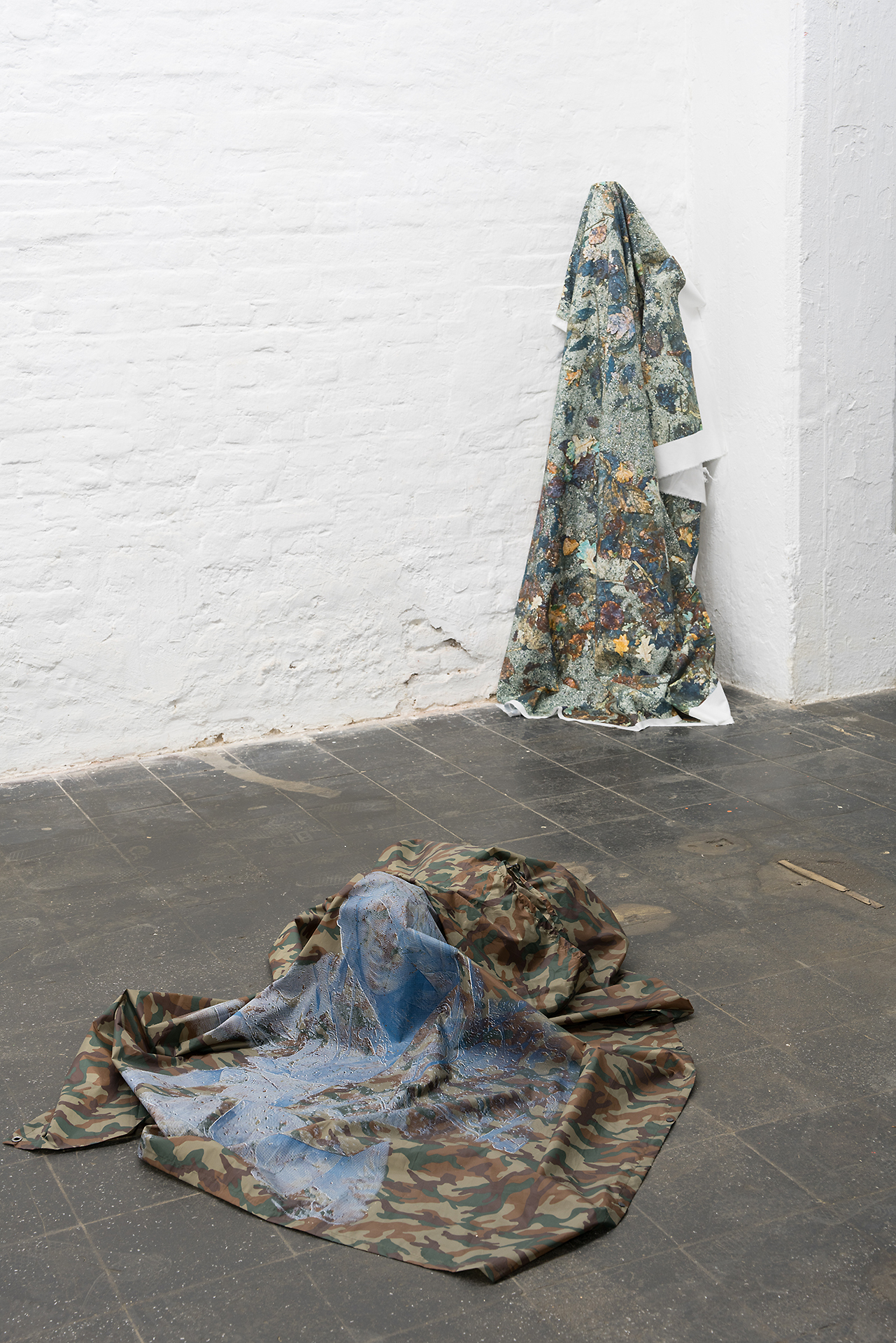
Exhibition view: Frances Scholz

Exhibition view: Bianca Baldi
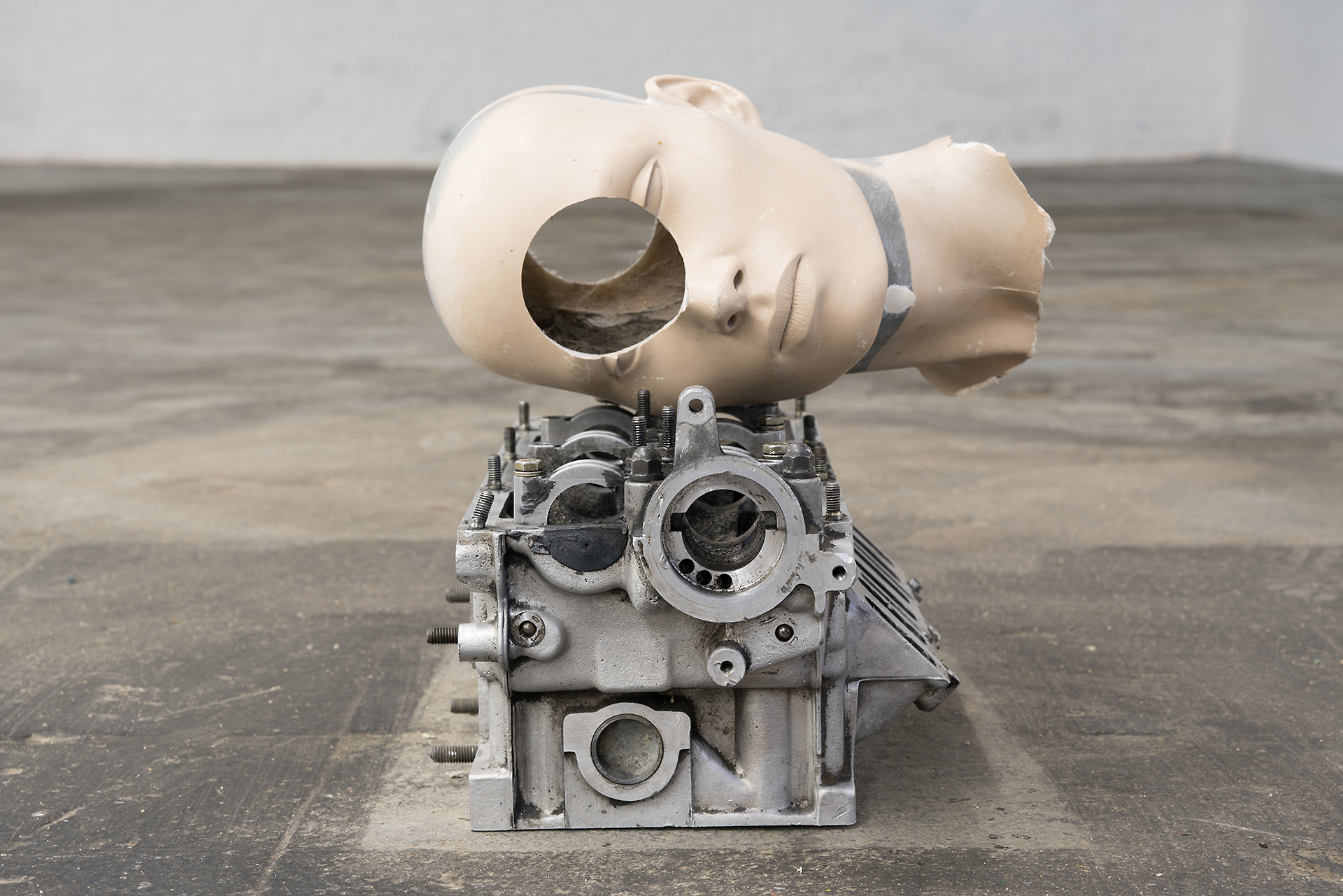
Exhibition view: Nicolas Lamas

Exhibition view: Frances Scholz, Nicolas Lamas
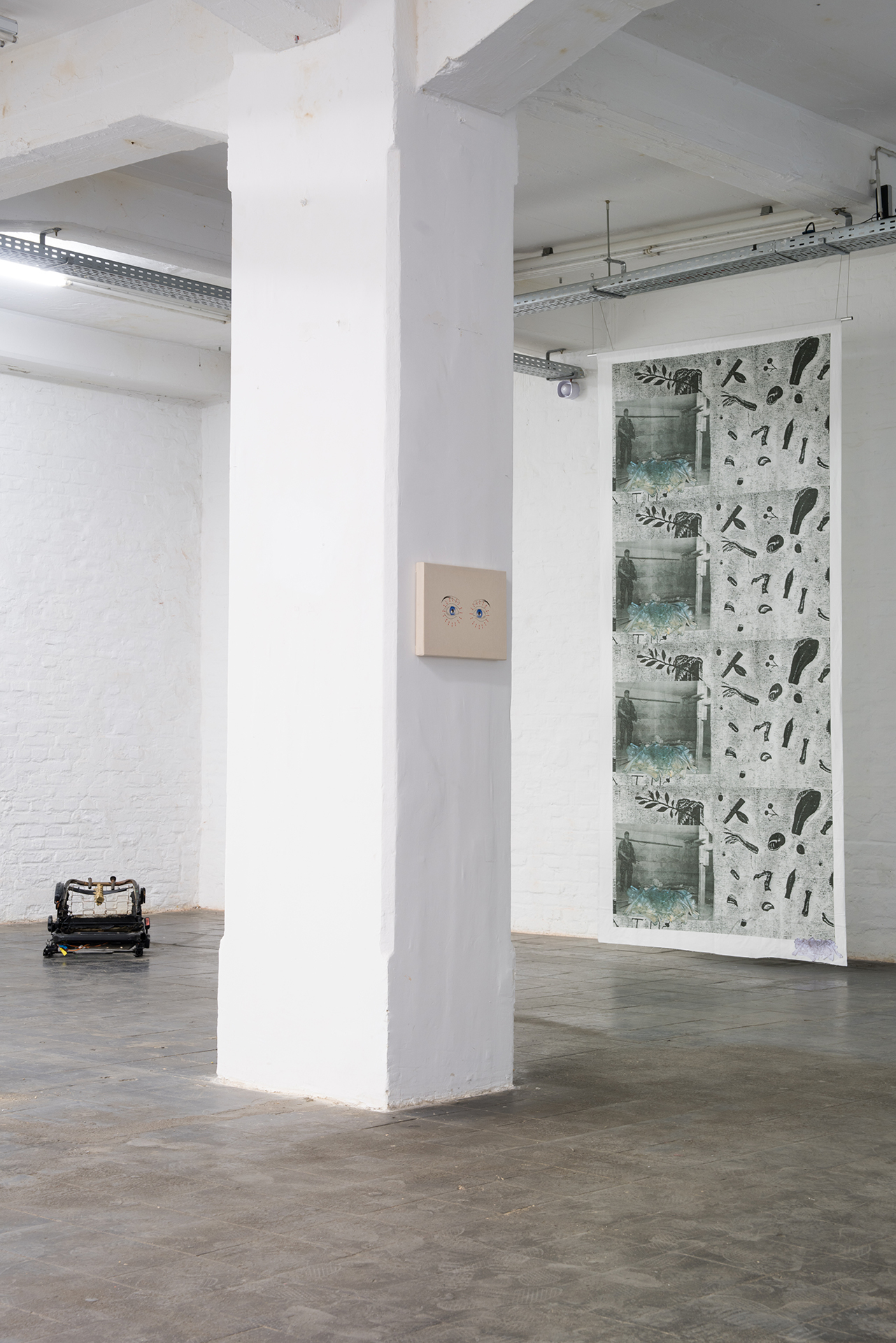
Exhibition view: Nicolas Lamas, Federico Del Vecchio, Frances Scholz
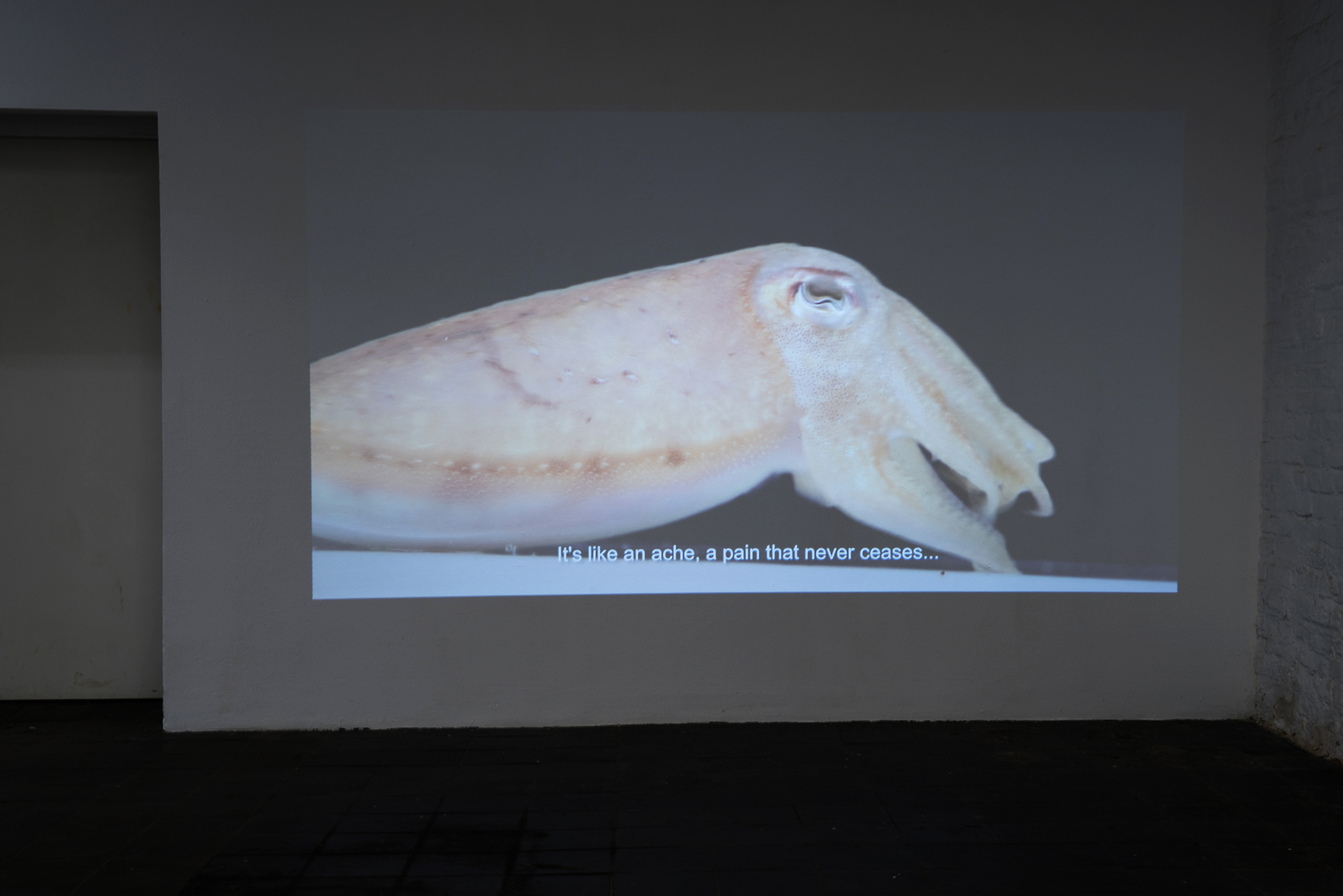
Exhibition view: Bianca Baldi

Exhibition view: Nicolas Lamas

Exhibition view: Céline Condorelli and Ben Rivers
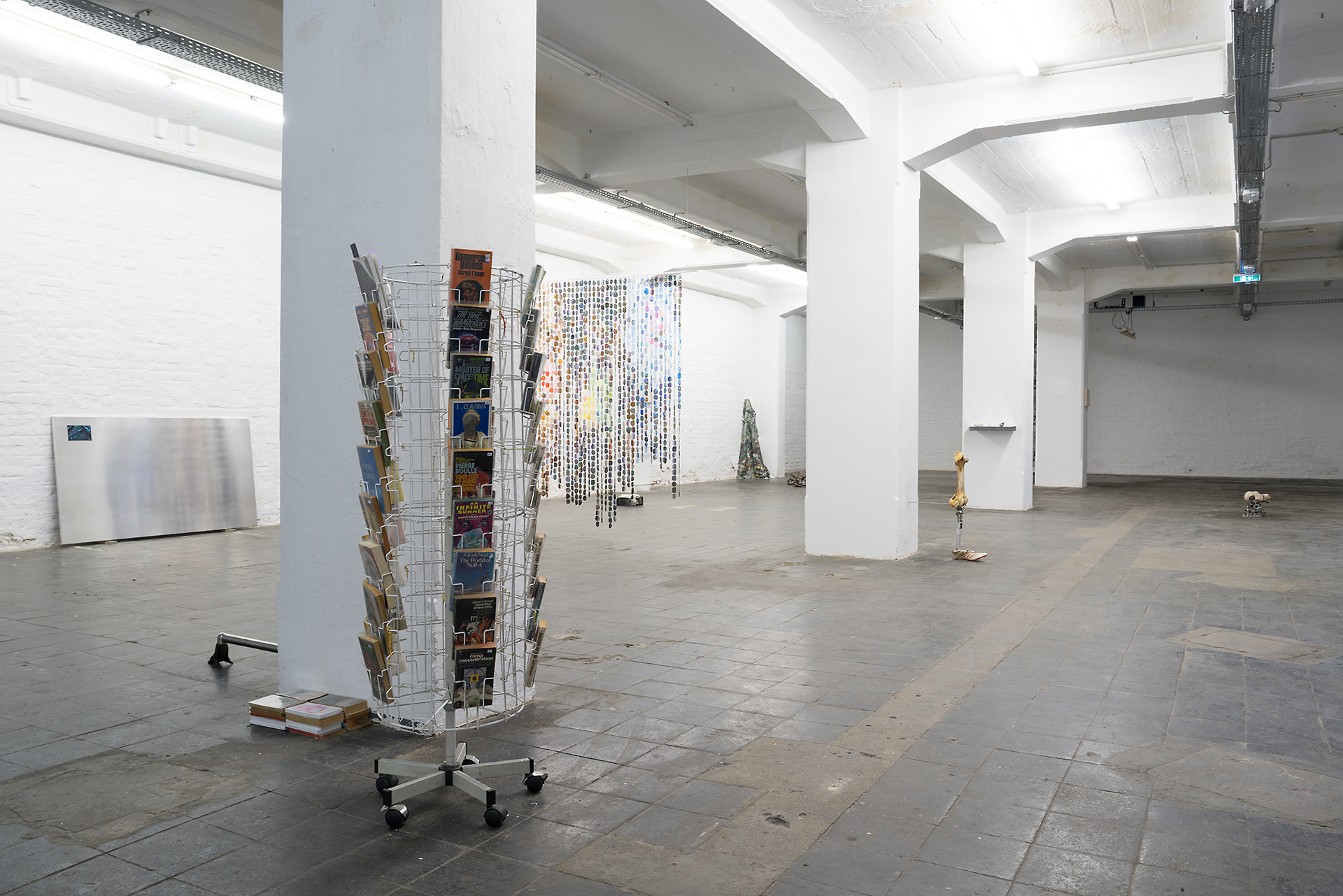
Exhibition view

Exhibition view
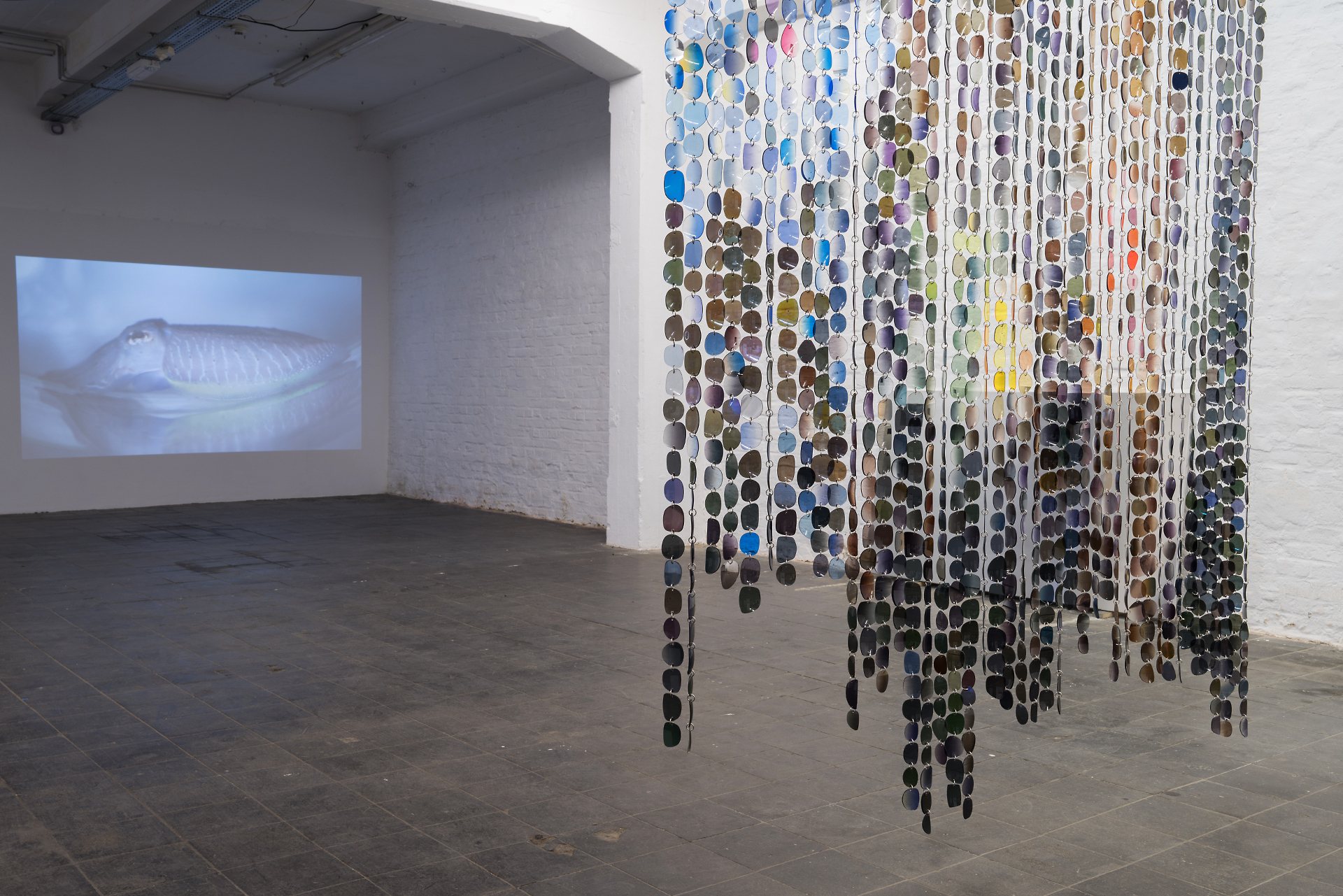
Exhibition view: Bianca Baldi, Federico Del Vecchio
The exhibition takes its title from a section of the book "The society of fatigue" by Byung-Chul Han:
“Paul Cezanne, this master of deep, contemplative attention, once observed that it would also be about seeing the smell of things. Visualizing odors requires deep attention”
This statement by Cezanne is very poetic, and to think of getting to visualize the smell of things means being able to "enter" things, our lives, relationships, passions, our work deeply...something that today’s capitalist society no longer allows us to do. We are living at an increasingly frenetic pace, and we are increasingly concerned about the younger and younger generations “born into the screen”, increasingly directed toward alienation and an “other reality”.
Deep attention is what our contemporary society requires.
“The ever-increasing workload also necessitates a special technique of time and attention, which retroacts on the very structure of attention.
The technique of time and attention called multitasking does not constitute civilizing progress. Concern is the anxiety of living well increasingly gives way to concern for survival.”
With the disappearance of rest, the faculty of listening would be lost, and the community of listeners would disappear. Our action-oriented society stands in direct opposition to this. The faculty of listening is actually rooted in the ability to maintain deep, contemplative attention, something that the hyperactive ego is unable to access.
Multitasking isn’t a unique ability limited to humans in the context of late-modern work and information society. It is, rather, a regression. Multitasking is already prevalent among animals in nature. It’s an attention strategy crucial for survival in the wild.
For example, an animal focused on feeding must simultaneously handle other tasks. It needs to fend off other predators from its prey, remain vigilant to avoid being eaten itself, protect its offspring, and monitor potential mates.
In nature, therefore, the animal is accustomed to dividing its attention among different activities. Humanity’s cultural activities, including philosophy, owe their existence to profound contemplative attention. Culture assumes an environment where deep attention can flourish. However, this deep attention is gradually being replaced by a very different type of attention—hyper attention.
The constant shifting of focus between various tasks, information sources, and processes is characteristic of this dispersed form of attention. Since it has little tolerance for boredom, it rarely allows for the profound boredom that is vital to the creative process.
Walter Benjamin describes this deep boredom as an “enchanted bird that hatches the egg of experience.” Just as sleep represents the peak of physical rest, profound boredom can be seen as the peak of spiritual rest. Pure frenzy doesn’t generate anything new; it simply reproduces and speeds up what already exists.
The narrative of the exhibition is constructed of different media. The works are meant to leave time for pondering, for making time, for taking time, which we often don’t do anymore. Even exhibition openings become more and more a time for networking, for public relations, for quick greetings, as many greetings as possible. Of course, this aspect of meeting is also crucial within the sphere of relationships, and these become one of the few moments in which "colleagues in the cultural world" can find to meet again; but often one does not have the time to really look at the works on display. Allison Grimaldi Donahue’s work “babe, I’m busy” requires us to pause, a pause of "full-screen" reading, of contemplation:
“Get busy living or get busy dying like it’s an either-or choice
One chicken in the hand is worth two in yr bush...”
Her poem playing with the effects of time in our daily life, the fixed phrases of how we describe the everyday, and what it means to play with words in our mouths. She engages in text and performance, investigating how language and text can transition between personal and collective experiences, exploring how language can be both functional and futile, significant and a vessel; often utilizing participatory writing approaches to create spontaneous communities of writers and translators. The practice of reading is something that requires us a slow fruition, carving out time for reading in our "everyday success" is becoming increasingly difficult, often waiting for summer vacation to be able to read a book in its entirety.
REAL/BOOKS is a time-traveling used-bookstore, specializing in the 20the century paperback revolution and its 21st century aftermath. Theorized by proprietor (and ex-librarian) Dr. Marq v. Schlegell,, maker of, and contributor to science fiction and contemporary art since 1999, it has been exhibited throughout the years in different contexts such as galleries, art book fairs, and institutions. For the exhibition, a classical book-rack presents a special selection of science fiction engaged thematically with time. Items are actually on sale for cash in the local currency, unless otherwise noted. Marq will be performing sales and devoting time to dialogue with visitors to the exhibition. Today most books are boring to most people; these books can introduce to a deeper, theoretical boredom, of interest to the specialist and committed reader.
Cèline condorelli’s film "Afterwork", co-directed with Ben Rivers, takes up the process of making a playground as the starting point for a reflection on the relation between work and free-time, highlighting the hidden labour behind the making of a playground, Condorelli was commissioned to make in South London. Celine and Ben’s beautiful film reveals elegant animal presences, such as a cat and a fox, whose movements interact, appearing and disappearing with the sculptural element (the playground) and the natural element, accompanied by an engaging soundtrack by Jay Bernard.
By combining objects and images from various sources and temporalities, Nicolás lamas creates works where humans, animals, and technology enter into a symbiotic relationship. These pieces evoke associations with the processes of emergence, growth, and decay in both human and non-human forms, where objects lose their original identities to become indistinct entities. His research is manifested through installations and hybrid assemblages that blend biological and technological elements, exploring new encounters and exchanges of information. Lamas’ work delves into the intricate connections between humans, technology, and nature, inviting reflection on life, death, growth, and the interplay of natural and artificial processes. This approach challenges traditional boundaries, emphasizing the interconnectedness of all things, like a mesh weaving a dynamic and ever-evolving reality.
Frances Scholz crosses between several mediums, including film, sculpture, textile, and painting, with a focus on the theme of “ground” or “base” in a broader sense, examining our relationship with nature. Die Arbeit liegt im Wald / The work lies in the forest. With natural spontaneity forms and themes spill across boundaries, including those between plant and human, plant and mineral, between life and nonlife. Inspired by the work of physicist and philosopher Karen Barad, who reimagines the relationship between science, philosophy, and ethics through the concept of “intra- action.” According to Barad, objects and subjects do not exist in isolation but are constantly co- constituted with one another. In her film "Earth Wall, Skeleton" (2024) an ecosystem under threat inspires the artist to discover new flows of time to counter the shock of this apocalyptic era.
Federico del Vecchio’s work "sentimental RGB" is accomplished through the recovery of hundreds of prescription glasses and sunglasses, graded and ungraded, mirrored, smoked and chromed. The sculpture-display (or curtain as one might prefer to call it) suspended in space becomes a screen of the collective, the weary gaze of others in a "single gaze". A screen that activates new distortions by interacting with the viewers and the environment. "The society of tiredness" is characterized by an enormous amount of time that our eyes, our posture, our mind, our attention devotes to the digital screen; our society is increasingly turned toward the pursuit of wellness and meditation and so "yoga for the eyes". Digital creativity, since the birth of the post-internet era leads us to subtract a huge amount of time that we might instead dedicate to research in the studio. This digital work takes the artist away from tactile explorations of form. At the same time, the screen-based-work is a necessity. "Yoga For Eyes" implies that digital life results in physical ailments such as posture problems, or fatigue of the eyes.
"Play-White" by Bianca Baldi is an underwater narrative that brings together female characters embodying the literary trope of the Tragic Mulatta. This character is often depicted as being deeply saddened by not being fully accepted by either community. An example of such a character is Clare Kendry from Nella Larsen’s 20th-century novel "Passing".
At the heart of the film is the artist’s exploration of the Versipellis phenomenon, a Latin-derived term meaning "one who changes skin." Cuttlefish, for instance, can change their skin color to evade predators. In this video, the cuttlefish, also known as sepia, represents both a creature that refuses to be confined to a single color and the source of sepia pigment.”
Federico Del Vecchio

